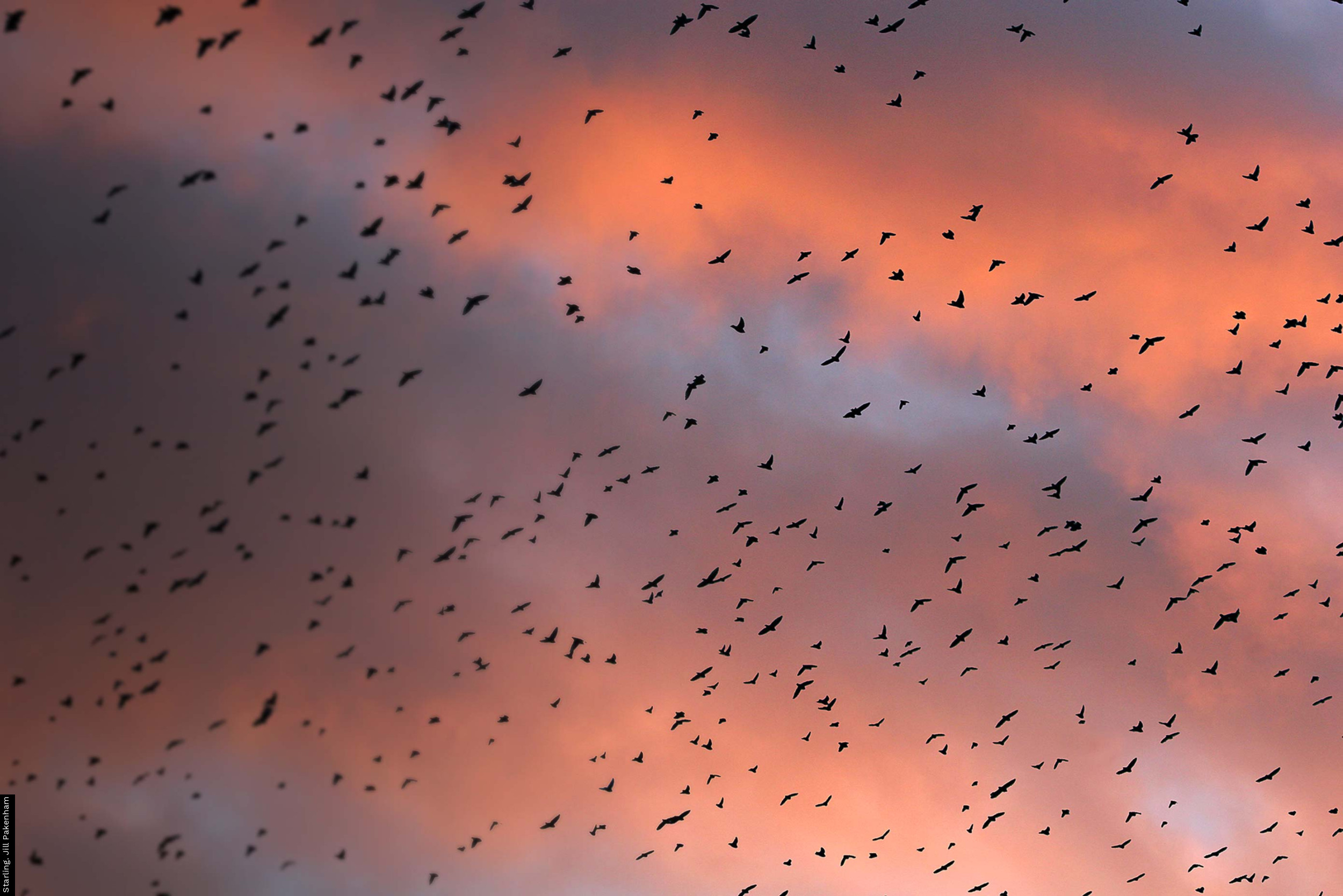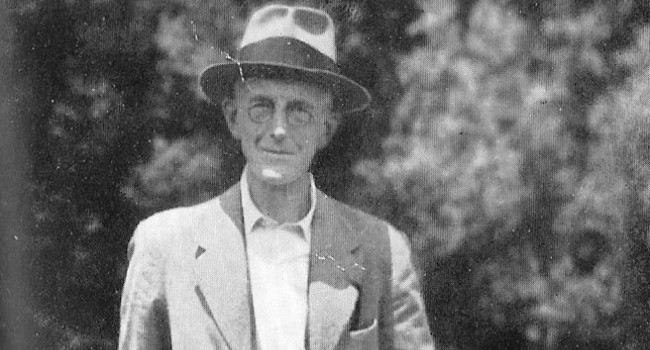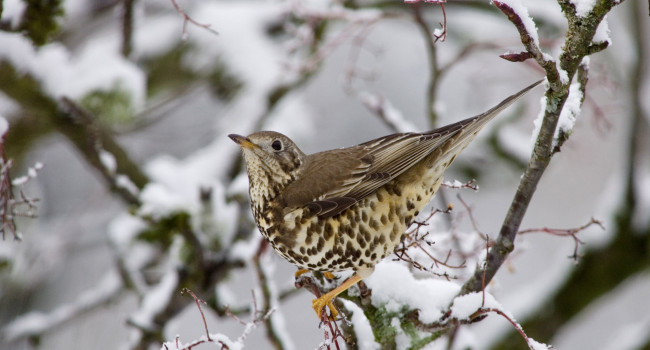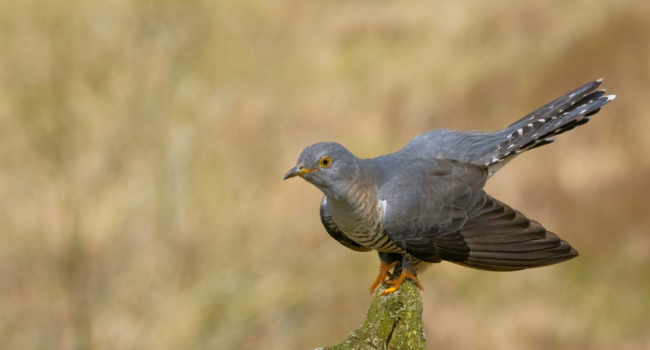
Wintering Thrushes Appeal
Summary
- The Winter Thrush Survey ran for two winters (2012/13 and 2013/14) and involved almost 2,000 volunteers making more than 24,000 visits to 4,080 locations across the UK.
- The survey data helped us to determine a population estimate for each winter thrush species in the UK and revealed insights into foraging habitat and food preferences throughout the two winters.
- The population estimates have already been used in some bird conservation assessments.
Why we launched the Wintering Thrushes Appeal
The British countryside seems to be a haven for thrushes from as far afield as Iceland and Russia during the colder months, but there are some interesting questions, concerning both resident and migrant thrushes, which our scientists wanted to investigate.
We know how and when the five thrush species, Blackbird, Song Thrush, Mistle Thrush, Fieldfare and Redwing, make use of our gardens, especially when winter weather makes it hard to find food elsewhere. But, what about in Britain’s wider countryside? And how could changes to our landscapes and weather patterns be affecting thrushes and their food supply?
We launched the Wintering Thrushes Appeal in 2011 to investigate these questions.
Findings of the Winter Thrush Survey
We analysed the data from each winter to estimate the total wintering numbers of each thrush species in the UK, and in England, Scotland, Wales and Northern Ireland individually.
Our estimates suggest that winter populations of Blackbirds largely reflect breeding populations, but that half of our breeding Song Thrushes migrate elsewhere in winter. Our estimates also suggest that Fieldfare and Redwing winter populations are much larger than previously calculated.
UK-wide winter population estimates
- 11 million Blackbirds
- 1 million Song Thrush
- 700 thousand Mistle Thrush
- 15 million Fieldfare
- 8.5 million Redwings
National population estimates
The breakdown by country showed that most of the birds spent winter in England. While smaller numbers in Wales and Northern Ireland reflected their smaller geographical areas rather than a lower population density, the population densities of all five species were lower in Scotland.

Support more work like this
Our Wintering Thrush Appeal is now closed, but you can still support us.
Donating to one of our current appeals will help fund our vital work to secure a better future for birds, for nature and for people.






Share this page